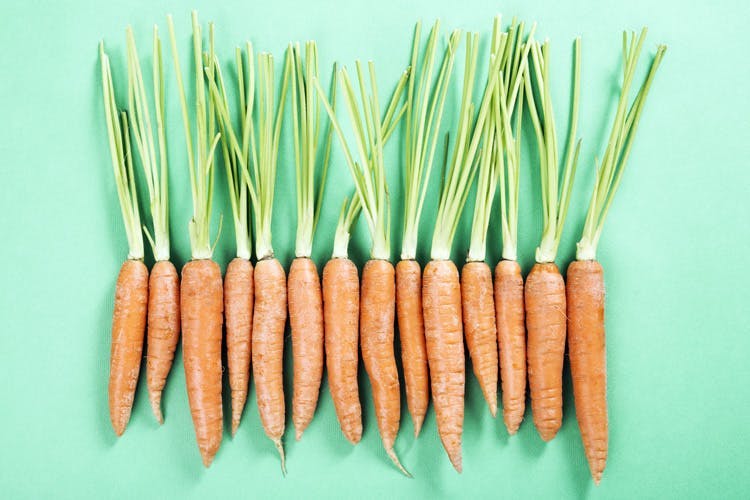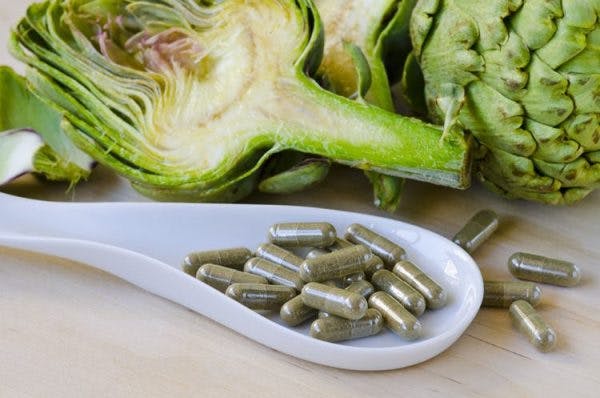By eating more foods that help prevent stroke, you can improve certain health conditions that are known to increase the risk of stroke.
Of course, these foods should not be added on top of an unhealthy diet. Instead, they should be swapped out to displace less healthy foods.
Before we dig into the list, it helps to understand how dietary changes can reduce your risk of stroke.
Why Should We Care About Foods That Prevent Stroke?
As they say, an ounce of prevention is worth a pound of cure.
A stroke is a life-threatening medical condition that incurs hefty expenses. In the United States, it’s estimated that health care services for stroke total $34 billion each year.
Some of the leading causes of stroke are high blood pressure, high cholesterol, diabetes, and obesity. All of these conditions can be improved through healthier food choices and more physical activity.
Dietary changes are particularly attractive for stroke survivors that want to help prevent a second stroke but cannot participate in aerobic exercise yet (the type of exercise that best helps reduce stroke risk factors).
The following dietary tips can help anyone hoping to reduce their risk of stroke take action towards better health.
The Best Foods That Help Prevent Stroke
Now that you understand the benefits of boosting your diet with healthier foods that reduce the risk of stroke, let’s dig into the list.
Here are some of the best foods that help prevent stroke:
1. Oatmeal (for whole grains)
Oatmeal has quickly become popular as a stroke-preventing food once the American Heart Association endorsed it.
The AHA recommends eating 3 or more servings of fiber-rich whole grains every day, and oatmeal is one of them.
2. Yogurt (for probiotics)
Probiotics nurture your gut-brain axis, the pathway where your gut communicates with your brain.
This means that improving gut health has a positive, cascading effect on brain health — which is the essence of stroke prevention.
3. Dry Beans (for fiber)
In order to fully benefit from probiotics in your diet, you need prebiotics too.
Prebiotics are indigestible fiber that promote the growth of good bacteria in your gut. Most legumes, including dry beans, are great sources of prebiotics, which make them an excellent food choice to help prevent stroke and improve your brain’s potential to recover from stroke.
4. Onions (for antioxidants)
Dietary flavanol, a powerful antioxidant found in onions, can help lower your risk of stroke
Onions add a lot of flavor to recipes and can makecooking healthy meals at home more tasty.
5. Flaxseeds (for fatty acids)
Your brain needs essential fatty acids to function properly – after all, it’s made of 60% fat.
You can get essential fatty acids from omega-3-rich foods, which help prevent stroke.
Great examples include flaxseeds, chia seeds, and walnuts.
6. Red wine (for antioxidants)
Resveratrol is an antioxidant found in red grapes, which has received widespread attention in recent years.
Research has linked resveratrol to a lower risk of stroke.
You can eat red grapes to get your dose of resveratrol, or you can enjoy a nice glass of red wine. Be careful with alcohol, though. There are many studies showing that more than two alcoholic beverages a day will reverse any benefits of consuming them in the first place.
Stay balanced and aim for no more than one glass of red wine a day.
7. Salmon (for vitamin D)
Other great foods that help prevent stroke are high in vitamin D, like salmon.
Vitamin D provides neuroprotective, neuromuscular, and osteoprotective benefits – meaning it’s good for your brain, muscles, and bones.
Vitamin D deficiency is associated with an increased risk of ischemic stroke and therefore it is important to ensure you are consuming enough Vitamin D. Foods that help protect your brain also boost your stroke prevention efforts.
Find Balance with Foods That Prevent Stroke
We hope these foods that help prevent stroke have inspired you to take charge of your health. For more information, visit also our article on foods that help with Stroke recovery.
You don’t need to overhaul your diet all at once. Slow, steady changes can help you build lasting habits instead of an all-or-nothing mindset.
By replacing unhealthy foods with these healthier options, you can improve your health and reduce your risk of stroke.















